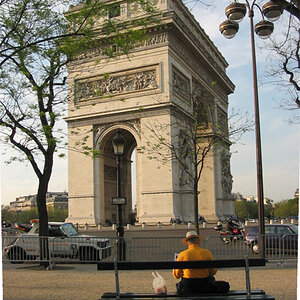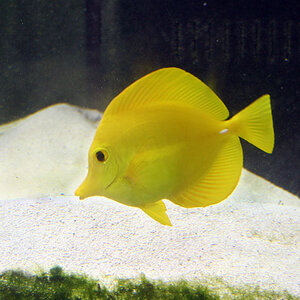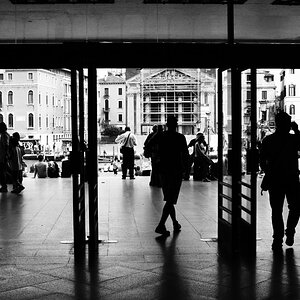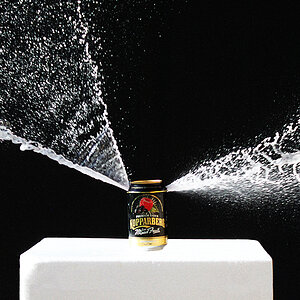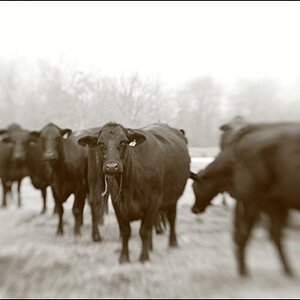Scott7117
TPF Noob!
- Joined
- Jan 30, 2008
- Messages
- 70
- Reaction score
- 0
- Can others edit my Photos
- Photos OK to edit
Hi guys. I've been doing a bit of research on processing and printing your own negatives and I read something about burning and dodging. I was wondering what this technique was and how it is performed and applied? Thanks.


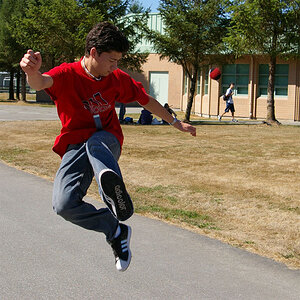

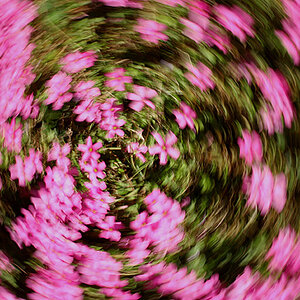
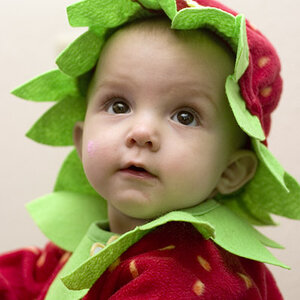
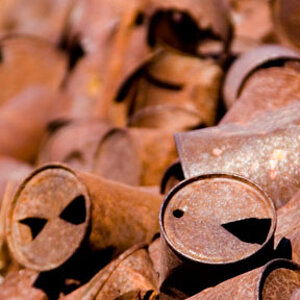
![[No title]](/data/xfmg/thumbnail/30/30991-43abf4dfee0a54010692c71c43f40981.jpg?1619734555)
